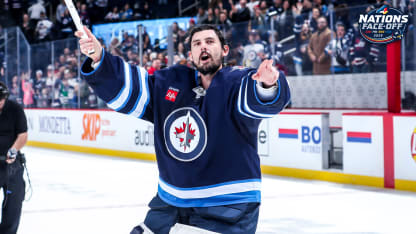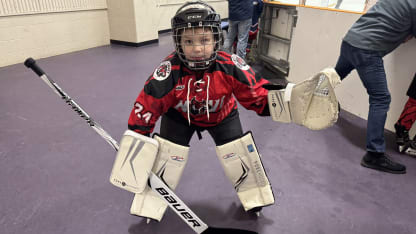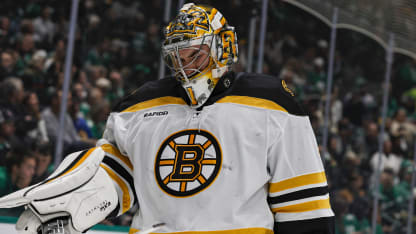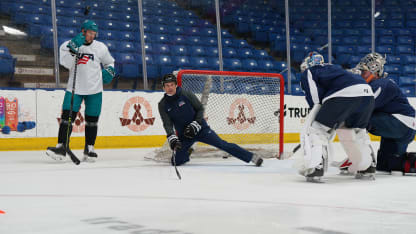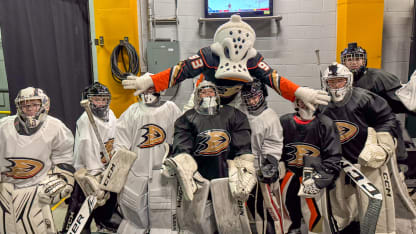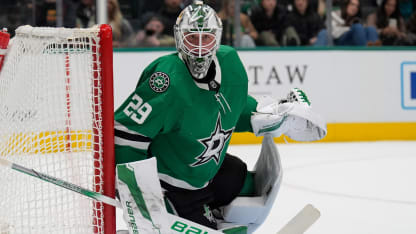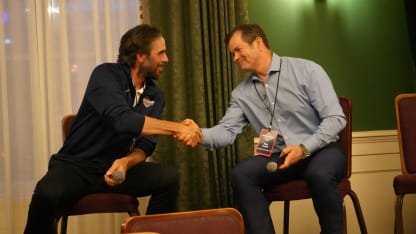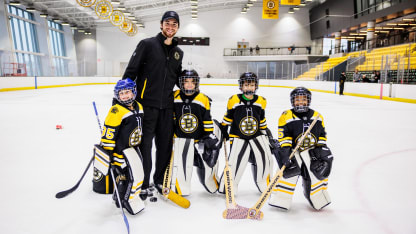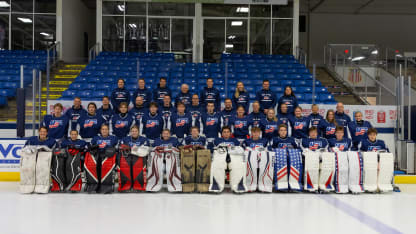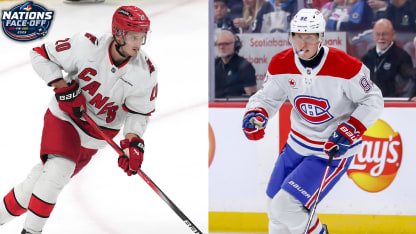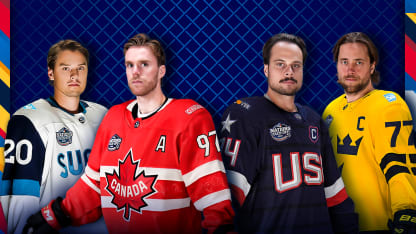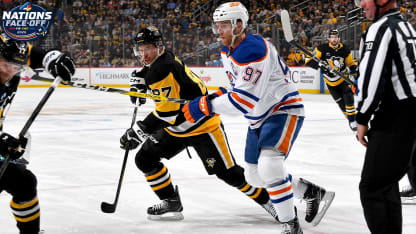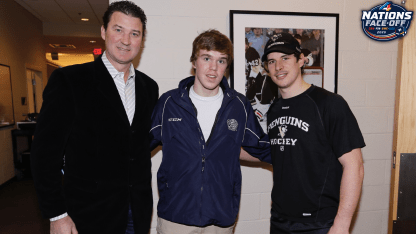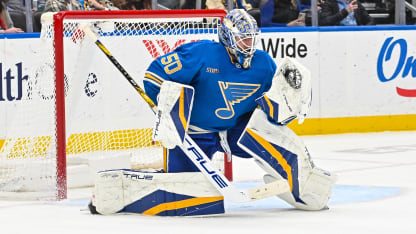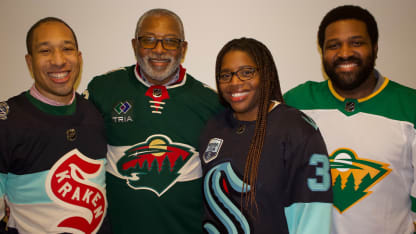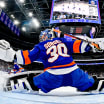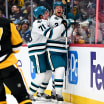The prompt on the screen has an exclamation point: “Skating should be fun!”
It is two days later, on a Wednesday evening, and the faces are arrayed back on Zoom, watching a video of young goalies doing movement drills, while a voice in the background tells the goalies, “Keep pushing, keep pushing, keep pushing.”
Mike Gatzke, the USA Hockey associate coach-in-chief of goaltending, is making a point about drills, about how to avoid goalies dreading them, about how to make them enjoyable and engaging, with healthy competition.
“If you keep it fun and challenging, that’s the most important thing for the young ones,” Gatzke said. “Mix it up.”
There are realms in which it would seem that to build a better goalie, it would mean more time in net, more pressure, more goaltender-specific training, more focus. But that’s not the way that USA Hockey is looking at it.
It believes the opposite is key.
That young goalies should spend time at forward and at defenseman, that they should swap in and out of goal a couple of shifts or a period at a time, even as old as U-12, with a “starter” and a “closer” at U-14. The phrase that comes up, over and over, is “time under tension,” and there is a razor-sharp focus on limiting that, on not burning players out.
“My real vision in the long term is … it’s almost going to look more like pitching in baseball than the traditional model of goaltending in hockey,” Thompson said. “There’s the kid that comes in as the starter, then you’ve got the middle frame, and then you’ve got the closer and the closer’s got the music and you’re sprinting out of the bench and you’re shutting the door for 20 minutes.”
It could be a tough sell for uber-competitive kids. It brings up mixed feelings for goalies didn’t have to share earlier in their development, with the Florida Panthers Spencer Knight acknowledging how mentally taxing it can, but also valuing the full games he got to play, the experience and the minutes.
It also could turn down the temperature.
“I think we put too much pressure on the goalie,” DeGregorio said. “If you have pressure on goalies early on -- when I say early on, under 14 -- that really hurts their development. Because part of the development is wanting to do more, can’t wait to get back on the ice and stop a puck and I’m going to try this and that.
“We have to understand that youngsters are youngsters.”
As USA Hockey takes players through its “develop” tier, the goal is to ensure that they have age-appropriate training, supported by coaches that have some idea of how to teach the position, getting away from the idea of “You’re the goalie, just stop the puck,” as Thompson said.
Having a certified coach -- bronze, silver or gold level -- on every bench would help, though not so they can comment on goalie edgework or understand the specific angle of the RVH position.
It’s more about management, about giving breathers and lessening pressure and making sure that kids who drove an hour each way to a game actually get to play. It’s about planning a practice so it’s not just set up for the shooters, but also so that goalies get a representative game sample with a variety of shots and angles, which helps ensure that an easy shot to save is actually an easy shot to save.
“You want to make sure your goalies aren’t getting torched for a two-hour practice,” said Trey Augustine, the Michigan State goaltender who helped the U.S. win its second straight gold at the 2025 IIHF World Junior Championships. “It’s managing that where you’re doing drills and mixing drills in where the goalies can get good work and benefit from the drills that the players are doing.”
They’re working on making the position more affordable, on educating parents about asking supportive postgame questions, to focus on the fun the goalies had and the saves they made, knowing how mentally draining the position can be. They’re reimagining the Gordie Howe Hat Trick, in which, traditionally, a player records a goal, an assist and a fight in the same game.
The updated version has replaced the fight with a save.
* * * *
Sometimes getting players to succeed, even at the highest of levels is, as Thompson said, “literally just somebody that believes in you.”
Oettinger thinks about that. He wonders whether it all could have been different, had he not been chosen for the NTDP.
“I’d be a U.S. history teacher right now if I hadn’t made that team, I think,” Oettinger said. “So just the opportunity that they gave me there, I’m forever indebted to them.”
